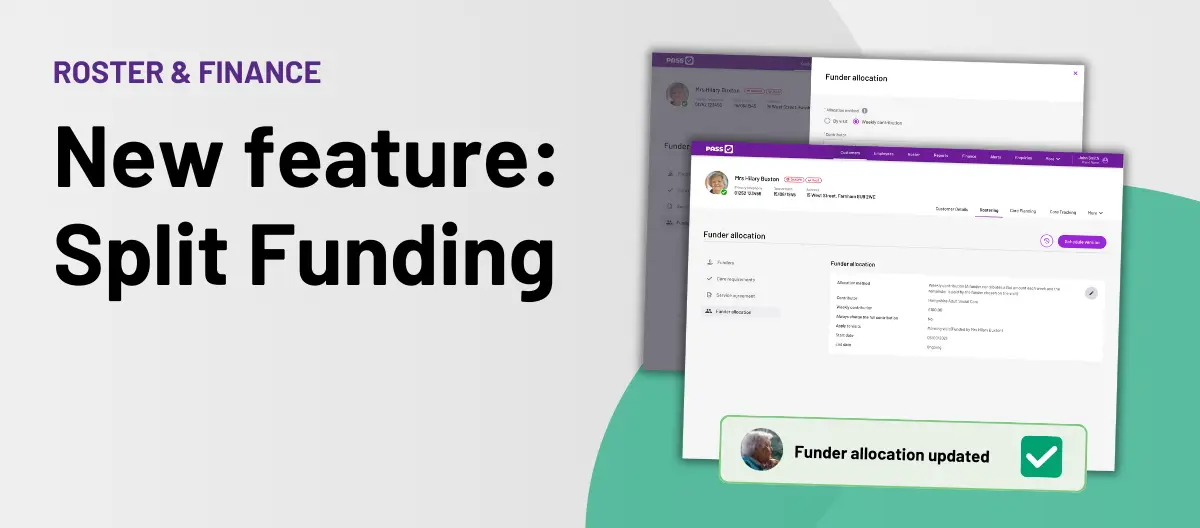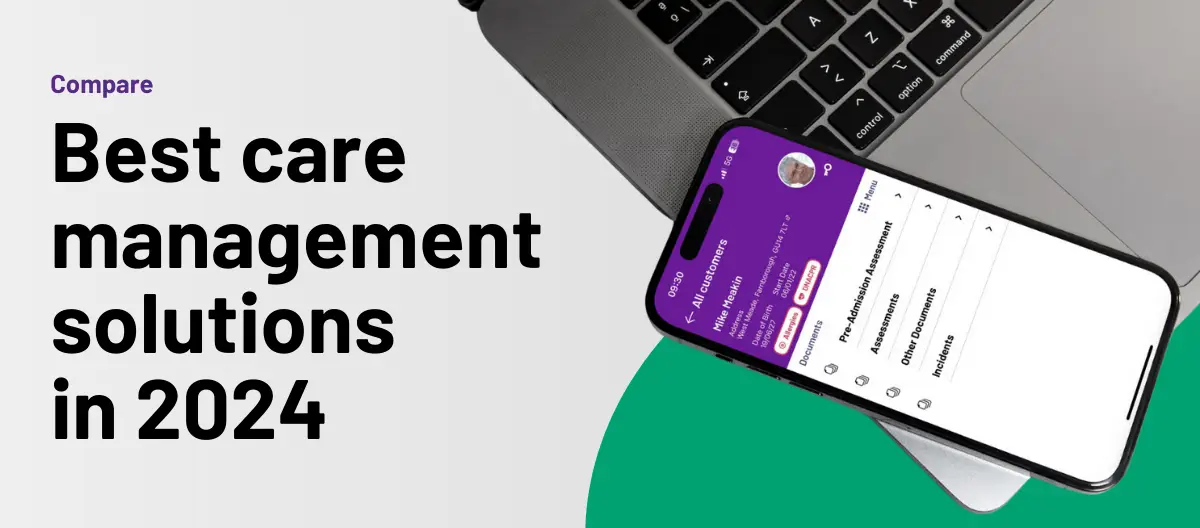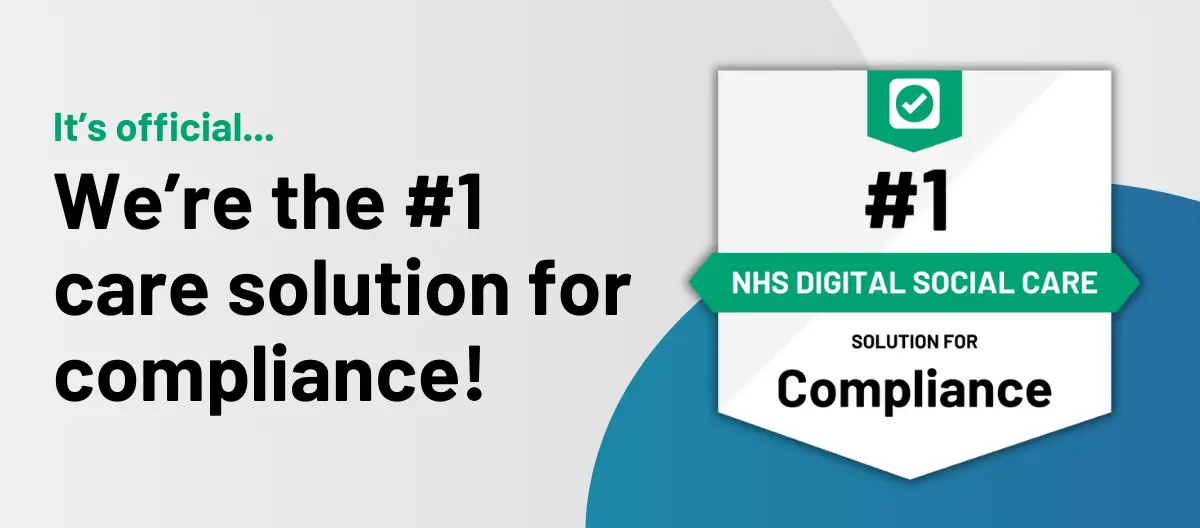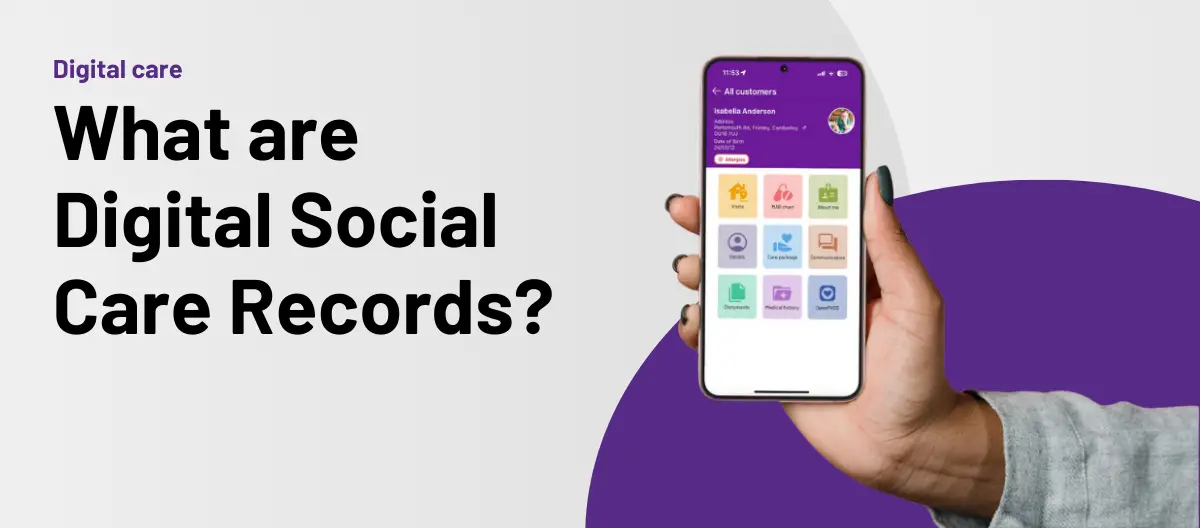I feel as though I was part of one of the last generations to experience childhood with limited access to the world of social media. I remember hearing stories of Myspace, but my young mind couldn’t comprehend what this meant. I was too busy devouring books and playing with toys and, besides, we didn’t own a computer until I turned at least twelve.
When we did finally get one, MSN was what it was all about! Then came the rise of Facebook and with it, so many others that I inevitably found it impossible to keep up. There must be at least a dozen half-started profiles out there with my name on them, but I chose my favourites and have stuck to them.
I’m sure I’m not alone in my stubbornness when it comes to social platform preferences. However, one thing has really struck me, now that I work with social media every day. We used to ask each other, “Do you have Facebook?”, for example. Now, the question has changed and has instead become, “Which social platform are you on?”. It’s no longer about who is using it, but what is everyone using and what they are using it for.
As a social media marketer, this information is essential to me. Information on audience demographics can inform and define entire strategies and tactical approaches to the kind of content shared. This brings me onto the bane of my working life; the typical conversation of age vs social media, especially apparent now that I work in the care sector.
“Older people don’t use social media”, is a phrase that I hear all too often. It’s wrong. And I can prove it with the help of a few handy sources. I will use the three platforms I work with the most as a basis for this evidence; Twitter, Facebook and LinkedIn.
It is important to note that all the above platforms function as individuals and their intended use differs. Facebook is a platform that strives to connect the world. Twitter is all about short posts which is why it appeals to journalists and people sharing quick news, and LinkedIn is a professional platform that connects people for all sorts of career-related reasons. The different uses for these platforms can affect the demographics of people using them.
According to Sprout Social 78% of 30-49 year-olds and 65% of people aged 50-64 are actively using Facebook. The figures for LinkedIn show 33% of 30-49 years-olds and 24% of 50-65 year-olds are active on the platform, with Twitter showing similar figures of 27% and 19% respectively.
Avocado Social have further enhanced their research by using the number of Facebook users in the UK to determine usage by age. It is estimated that Facebook has 35-40 million users in the UK with 72% of users being between 35-65+. Business Data platform, Statista, also shows that Twitter has 39% users aged 35-64 and 42% LinkedIn users in the same age bracket.
However, these generalised statistics still don’t mean that older people within the care sector are active on social media, right? Wrong again! Our very own statistics show that 66% of those engaging with our Facebook content are between the ages of 35 – 65+ with the highest percentage age bracket within that being 45-54 year-olds at 31%. LinkedIn also shows that 69.67% of visitors to our page hold senior level positions which usually apply to those of a more mature age.
Twitter doesn’t provide age demographics, but it can only be assumed that it doesn’t look too different from the above. In this new age of rising digital proficiency, your content is the real decider in the demographics of the people you attract. If your target audience falls into a specific age bracket, your content should reflect that. Once you have this information, you can leverage all sorts of other statistics to ensure your efforts are targeting the right individuals.
My hope in busting this myth is to show that the older generation are not to be underestimated in their skills when it comes to social media. As a business, you shouldn’t be put off by social media because your target audience ‘isn’t there’ because they are! Instead, go out and find them. Build a presence on your chosen platforms and spend some time within your demographics statistics getting to know your audience and what they interact with the most, both within your industry and outside of it. Start asking, which platforms are my relevant audience on? What do they respond to the most? And what else do they like? And please stop saying that older people don’t use social media!
By Shara Berrio, Market Engagement Executive




